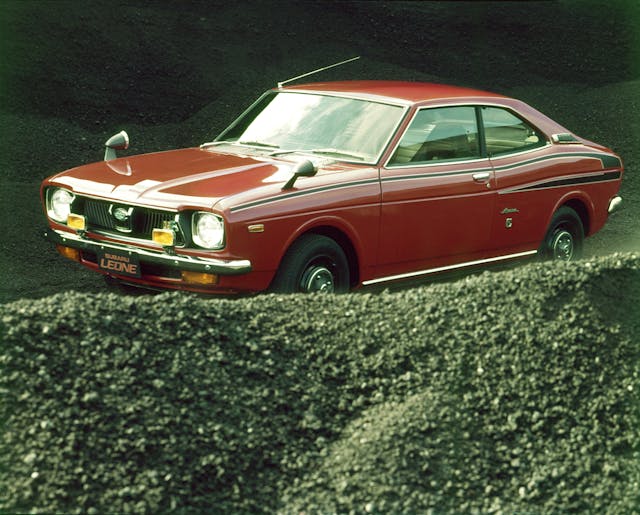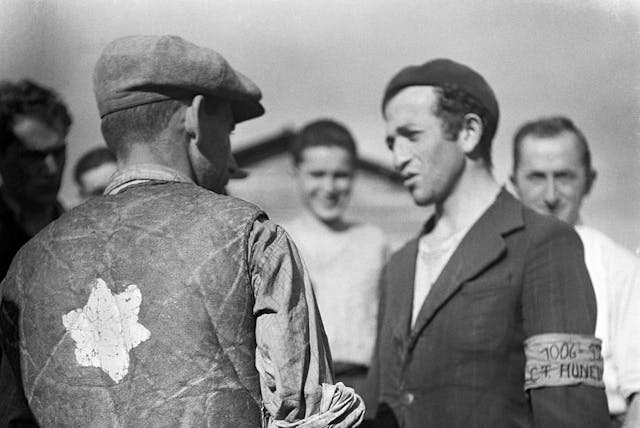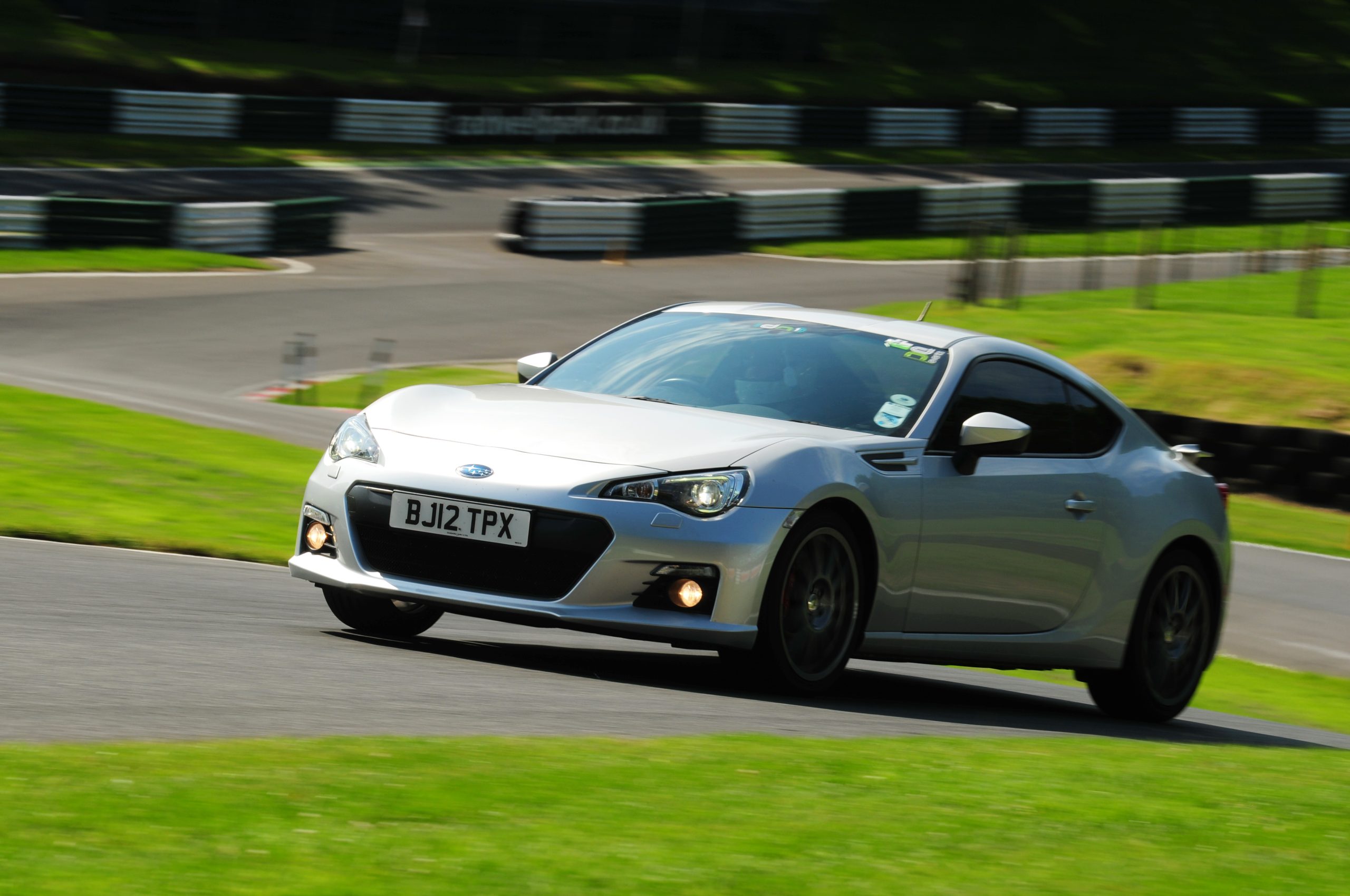On the sixth of October, 1973, Syrian and Egyptian forces launched coordinated surprise attacks on Israel, crossing the Suez Canal and taking the Golan Heights. They launched the offensive on Yom Kippur, the most sacred holiday in the Jewish calendar, when many Israeli soldiers would be absent from the front line. The invading troops were well-armed with Soviet equipment. Israel nevertheless mobilised rapidly and pushed back. One volunteer, Adolfo Neufeld, wrote a memoir of the fierce fighting at the front. He titled it To War in a Red Subaru.

Why not To War in a Honda Civic? If you lived or spent significant time in Israel during the latter half of the 20th century, you know exactly why. For decades, the streets of Haifa or Tel Aviv were home to one Subaru after another – tens of thousands of them. A Subaru sedan was as much a people’s car to the Israelis as a Citroën 2CV was to the French, or a Beetle to the Germans. Subarus were hard-working machines, simple, and relatively durable: the cars of a resilient people.


Subaru’s very presence in Israel was a statement of defiance. To understand why, we must go even further back in the fraught history of Israeli-Arab relations. In the winter of 1945, just months after Japan surrendered, ending WWII, the newly formed Arab League and its seven member states instituted an economic boycott on the Jewish business community in Palestine. Israel officially declared its independence in 1948, triggering a series of wars and tense armistices. During this time of increased hostilities, boycott efforts against Israel grew.

The primary boycott was intended to stop trade between Israel and nations in the Arab League. However, as tensions between East and West began to spread throughout the already polarized Middle East, secondary and even tertiary boycotts emerged. By the late 1950s, Arab League nations were banning goods from third-party countries that sold to Israel: An automotive company, for example, could sell cars in Israel or in Arab League countries, but not in both.
For Japan’s growing automobile manufacturing industry, this situation presented a conundrum. Israel was a better market for the small, economical cars the Japanese already favored; since fuel was cheaper in oil-rich Arab League states, customers could favor larger vehicles. Fuel prices were much higher in Israel, as were the taxes on engine displacement.
On the other hand, larger manufacturers like Toyota and Mitsubishi didn’t want to lose their Arab League markets. Behind the scenes, the Japanese government likely felt pressure to cater to the Arab League, as Japan depended heavily on oil imports from the Middle East. Many Western companies bowed to the boycott, notably Air France, which denied overflight and landing access to Arab League states. When Israel resoundingly repulsed the Arab invading forces during the Yom Kippur War, the boycott expanded to oil produced by Western countries, in part precipitating the first of the 1970s oil crises.
If you were a larger company, you either toed the line or tip-toed around it by exporting through a third party. If you were Subaru, with basically no exports to speak of, there was the option of blowing the boycott off completely. And that’s exactly what Subaru did.

Some clue as to why Subaru took this approach can be found in biographies of American serial entrepreneur Malcolm Bricklin. According to Bricklin, he had early on secured distribution for Rabbit scooters from Fuji Heavy Industries, Ltd. (Subaru’s parent company). Well, almost, anyway:
“I get a Telex together to Fuji, telling them how excited I am, and how do I order a couple thousand scooters,” recalls Bricklin. “I get a Telex back asking who am I, and don’t I know that they sold their [Rabbit] factory to Israel, and that they’re in the process of dismantling it?”
Where exactly the tooling for the Rabbit ended up is unclear (according to some, it was dumped in Tokyo Bay to help build a man-made island). But Bricklin’s story does indicate that Fuji Heavy executives were talking with Israeli importers, and in the late 1960s, those talks had paid off.
By this time, FHI was building cars under the Subaru nameplate, including the homely-yet-cute little 360 that Bricklin had brought to the United States beginning in 1968. Though the 360, which resembles a shrunken VW Beetle, failed to catch on in the North American market, Subaru officially began exporting cars to Israel in 1969. By 1971, it had introduced the Leone compact car, known in Israel only by its trim level: DL, GL, and so on. In 1972, sedan and wagon variants were added. Subarus began flooding into the Israeli market.


For a decade and a half, Subaru basically had Israel all to itself. Demand was so great that the sales staff at Subaru dealerships developed a reputation for having slightly rude and condescending behavior. They knew you were going to buy the cars – why couldn’t you get on with it?
Daihatsu and Suzuki then began selling cars in Israel in the 1980s, imported through a third country. But the number of cars sold by either brand was merely a drop in the bucket compared to the volume of vehicles Subaru moved there. In 1987, Subaru sold more than 20,000 vehicles in Israel, a country with a population of 4.3 million. In that same year, Subaru sold just 144,000 cars to the US, whose population was nearly 56 times as large. An Israeli was eight times more likely to buy a Subaru than was a buyer in the United States.
“Israelis aren’t car snobs,” says Nir Kahn, design director for Plasan, an Israeli armored vehicle and composites manufacturer. “Subaru was good value, tough, and reliable, and that’s all we wanted in the ’80s. Interestingly, although Subaru is pretty much synonymous with AWD in most markets, most here were FWD, even the Brats.
“They’re still around. There were so many of them in the ’80s and they’re totally indestructible, so it’s not at all unusual to see them still today – and as daily drivers, not kept as a classic.”

So common were Subarus on Israeli streets in the 1980s and 1990s that the brand name became a catch-all term for “car.” The ubiquity of the Japanese cars even spawned an Israeli saying: “Meet you by the white Subaru.” The expression is a sarcastic one, indicating that the speaker hasn’t been given anywhere near enough information to go on. In other markets, Subaru only gained traction with the launch of the more polished Impreza, in the early 1990s.
Israeli-spec Subarus seem, from the outside, far less interesting to enthusiasts than, say, the WRX, but the legacy (no pun intended) of those Leones is just as interesting. A battered and boxy Subaru DL – the lowest trim of the Leone with nonetheless standard air-conditioning, given the climate – seemingly possesses zero personality. It’s about as generic as a 1980s Japanese sedan can get. But a vehicle doesn’t have to excite to matter; because they defined the landscape in Israel for decades, these humble sedans now provoke nostalgia. They no longer rule the roads in Israel, but Leones still have a following.
Kahn, the Plasan design director, works mostly on armored vehicles, but you can find composites made by his company on some pretty potent road vehicles. Much of the carbon-fibre aerodynamic bits on a Viper SRT-10 ACR were made by Plasan via its Vermont operation, which also made parts for the C7-generation Corvette Z06 and ZR1.
Kahn, however, drives a Subaru. It’s a bit more gearhead-friendly than an off-white Leone: one of the last previous-generation BRZs imported into Israel. Toyota stopped trying to sell its version, the GT86, in Israel entirely, as the dozen or so buyers each year who wanted the rear-drive sports car only wanted the Subaru version. It’s one small reflection of how, decades later, the six-starred badge means something to Israelis.











Subaru – known in Switzerland as the Swiss farmers car because it goes anywhere and everywhere up and down mountains.
Great story. I was so influenced by Subaru’s default commitment to Israel having seen them there while frequently visiting Israel since early childhood that I made sure there are always at least three Subarus in our immediate family fleet.